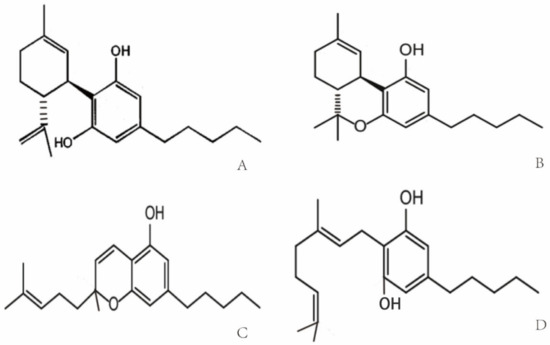Decoding Cannabis Pharmacokinetics: Understanding the Science behind Cannabis’ Effect in the Body
Introduction
Cannabis has long been used for its various therapeutic and recreational purposes. However, understanding the science behind cannabis’ effect on the body requires delving into its pharmacokinetics – the study of how a substance is absorbed, distributed, metabolized, and excreted by the body.
What is Pharmacokinetics?
Pharmacokinetics (PK) is a vital branch of pharmacology that focuses on the movement and transformation of drugs within the body. This field examines how a drug is absorbed into the bloodstream, distributed to different tissues, broken down by enzymatic processes, and finally eliminated.
Pharmacokinetics of Cannabis
When it comes to studying cannabis’ pharmacokinetics, its main psychoactive compound, delta-9-tetrahydrocannabinol (THC), takes center stage. Upon consumption, THC rapidly reaches the bloodstream through inhalation or ingestion.
Absorption
Inhalation: When cannabis is smoked or vaporized, THC is absorbed through the lungs and rapidly enters the bloodstream. This method provides quick effects, as the highly vascularized lungs allow for efficient absorption.
Ingestion: When cannabis is consumed orally, THC is absorbed through the gastrointestinal tract. The absorption rate is slower compared to inhalation due to the additional time required for digestion.
Distribution
Once THC enters the bloodstream, it is distributed throughout the body, including the brain, heart, liver, and other tissues. Being a lipophilic compound, THC exhibits a high affinity for fatty tissues, contributing to its prolonged effects and ability to accumulate in adipose (fat) cells.
Metabolism
Upon reaching the liver, THC undergoes extensive biotransformation through a series of enzymatic reactions. The primary metabolite formed is 11-hydroxy-THC, which is more potent than THC itself. Further metabolism leads to the production of 11-nor-9-carboxy-THC, a non-psychoactive metabolite commonly used in drug testing to detect cannabis use.
Excretion
Both THC and its metabolites are eliminated from the body primarily through the urine and feces. The elimination half-life of THC varies depending on factors such as individual metabolism, frequency of use, and route of administration.
Implications for Cannabis Use
Understanding the pharmacokinetics of cannabis has significant implications for its use in both medical and recreational settings. By studying absorption rates and metabolic pathways, researchers can optimize drug delivery methods and formulations to enhance therapeutic outcomes and minimize adverse effects.
Certain factors, such as the mode of administration and individual variations in metabolism, can significantly affect the overall pharmacokinetics of cannabis. These variations explain why individuals may experience different durations and intensities of cannabis effects.
Conclusion
Decoding cannabis pharmacokinetics allows us to gain insights into how the body processes and responds to this plant substance. With further research, we can better understand the complexities of cannabis’ effect on the body, leading to improved medical applications, responsible use guidelines, and safer cannabis-related practices.
For more information on the topic, check out Here
Share:




